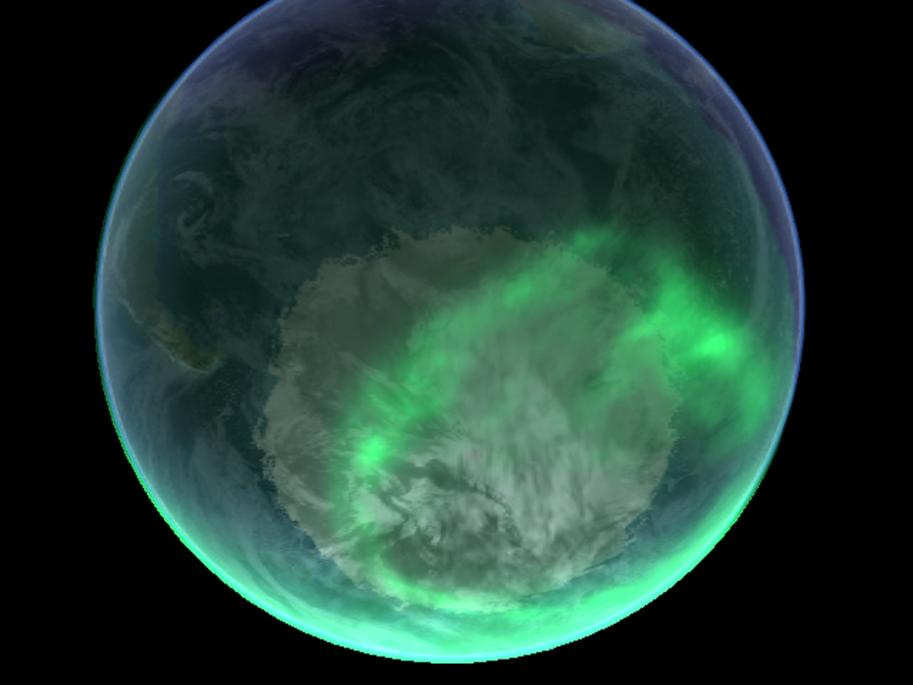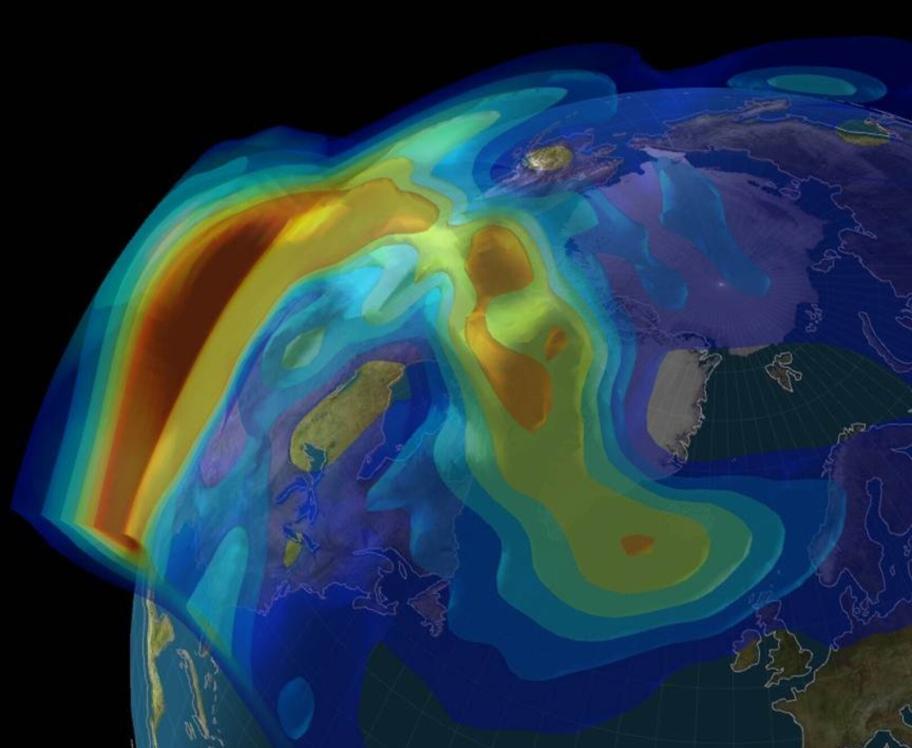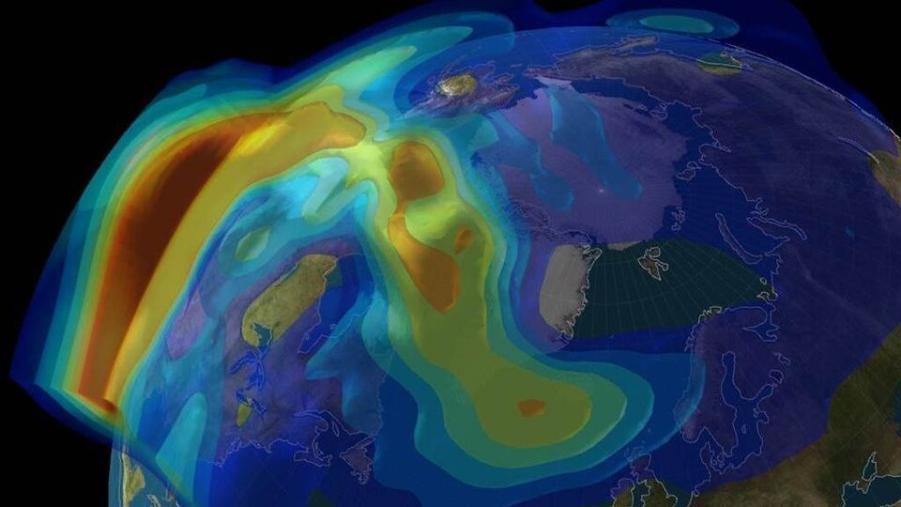What is the Northern Lights Ionosphere and How Does it Work?
The Northern Lights, also known as Aurora Borealis, are a mesmerizing natural phenomenon that captivates the imagination of people worldwide. This celestial display is a result of the interaction between the Earth's magnetic field and charged particles from the sun. The ionosphere, a region of the Earth's atmosphere, plays a crucial role in the occurrence of the Northern Lights.

Historical Context
Early observations of the Northern Lights date back to ancient times, with records from various cultures describing their awe-inspiring beauty. Over the centuries, scientists have made significant advancements in understanding the ionosphere and its role in the aurora. In the 19th century, scientists like Kristian Birkeland proposed theories about the interaction between solar particles and the Earth's magnetic field, laying the foundation for modern understanding of the Northern Lights.
Structure And Composition Of The Ionosphere
The ionosphere is a region of the Earth's atmosphere that extends from about 50 kilometers to 1000 kilometers above the Earth's surface. It consists of several layers, each with distinct characteristics:
Layers Of The Ionosphere
- D-region: The lowest layer, ranging from 50 to 90 kilometers, is responsible for absorbing radio waves.
- E-region: Located between 90 and 150 kilometers, this layer plays a crucial role in radio wave propagation and communication.
- F-region: The highest layer, extending from 150 to 1000 kilometers, experiences significant variations and affects communication signals.
Ionospheric Plasma
The ionosphere is composed of a plasma, a state of matter where atoms and molecules are ionized, meaning they have lost or gained electrons. This ionization is caused by various processes, including solar radiation, cosmic rays, and particle collisions.
Mechanism Of The Northern Lights

The Northern Lights are a result of the interaction between the solar wind and the Earth's magnetic field. The solar wind, a stream of charged particles emitted from the sun, interacts with the Earth's magnetic field, creating the magnetosphere.
Solar Wind And Geomagnetic Field
- The solar wind consists of charged particles, primarily protons and electrons, that are emitted from the sun's corona.
- The Earth's magnetic field acts as a shield, deflecting most of the solar wind particles away from the Earth's surface.
- However, some of these particles are able to penetrate the magnetic field and enter the Earth's atmosphere near the magnetic poles.
Charged Particle Acceleration
- As the charged particles enter the Earth's atmosphere, they interact with the magnetic field lines and are accelerated towards the magnetic poles.
- This acceleration is caused by a combination of magnetic reconnection, electric fields, and wave-particle interactions.
- The accelerated particles collide with atoms and molecules in the atmosphere, causing them to become excited and emit light.
Collision And Light Emission
- The excited atoms and molecules in the atmosphere emit light as they return to their ground state.
- The color of the light depends on the type of atom or molecule that is excited.
- Oxygen atoms emit green and red light, while nitrogen atoms emit blue and purple light.
Colors And Patterns Of The Northern Lights
The Northern Lights display a variety of colors and patterns, creating a mesmerizing spectacle in the night sky.
Color Variations
- The most common color of the Northern Lights is green, resulting from the excitation of oxygen atoms.
- Red auroras occur when oxygen atoms are excited at higher altitudes.
- Blue and purple auroras are caused by the excitation of nitrogen atoms.
Auroral Forms And Patterns
- Curtains: Long, flowing sheets of light that hang from the sky.
- Arcs: Bright bands of light that stretch across the sky, often forming a semi-circular shape.
- Rays: Narrow beams of light that shoot upwards from the horizon.
- Coronas: Oval or circular shapes surrounding the magnetic pole.
Impact Of The Northern Lights

The Northern Lights have a profound impact on various aspects of human life and scientific research.
Cultural And Historical Significance
- The Northern Lights have been a source of inspiration for mythology, folklore, and art throughout history.
- Many cultures associate the aurora with supernatural beings, deities, or omens.
- Cultural festivals and celebrations are often held to honor and celebrate the Northern Lights.
Scientific Research
- The study of the Northern Lights provides valuable insights into the ionosphere, magnetosphere, and space weather.
- Auroral observations help scientists understand the dynamics of the Earth's magnetic field and its interaction with the solar wind.
- Research on the Northern Lights contributes to the development of space weather prediction models, which are crucial for protecting communication and navigation systems from space weather disturbances.
Space Tourism And Observation
- The Northern Lights have become a popular tourist attraction, with many people traveling to regions with optimal conditions for viewing the aurora.
- Locations like Alaska, Canada, Norway, and Iceland offer guided tours and aurora viewing experiences.
- Space tourism companies are also exploring the possibility of offering aurora-viewing flights, allowing people to witness the Northern Lights from a unique perspective.
Summary Of The Key Points
The Northern Lights are a captivating natural phenomenon caused by the interaction between the solar wind and the Earth's magnetic field. The ionosphere plays a crucial role in the occurrence of the aurora, as it provides the medium for the charged particles to collide with and emit light.
Future Research Directions
Ongoing studies and advancements in technology continue to deepen our understanding of the Northern Lights and their impact on Earth's environment and space weather. Future research directions include:
- Investigating the relationship between solar activity and the intensity and frequency of the Northern Lights.
- Studying the impact of space weather on communication and navigation systems, and developing mitigation strategies.
- Exploring the potential for using the Northern Lights as a natural laboratory for studying plasma physics and particle acceleration processes.
By delving deeper into the mysteries of the Northern Lights, scientists aim to unravel the intricate workings of the Earth's magnetosphere and its connection to the sun and the wider universe.
YesNo

Leave a Reply